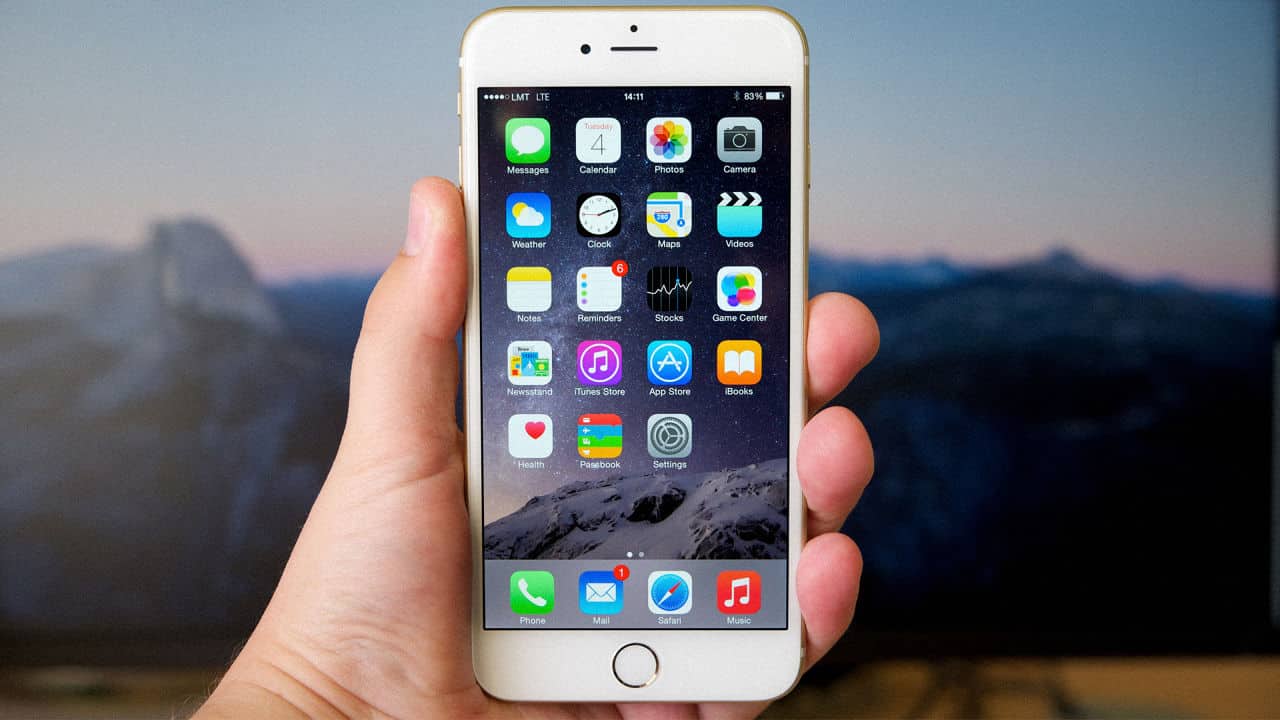While it’s hard to deny that some people buy the latest personal technology like smartphones and tablets for status, this is a superficial reasoning. Yes, your new device may impress a few people now and then, but there is much more to this issue of keeping up with technology. It’s way beyond impressing your peers.
A newer technology is not just a cosmetic improvement like more colors for the phone, a lighter frame, a bigger screen. There is also a technological upgrade “under the hood” which can significantly improve the user’s experience. So upgrading your technology is much more important than looking cooler to your peers. It doesn’t just look better, it also works a lot better, too.
How to Pay for an Upgrade
Still, despite the improvement, it’s not always easy to upgrade a tablet or a smartphone. Fortunately, there is a smart way to figure out how to buy something that costs several hundred dollars. If you have kept your current version in good shape (not dipping it in water or knocking it around) then it is possible is to sell your older version. While you could sell it at an online auction like eBay, you will probably not get what you had hoped. It’s much better to work with a company like ItsWorthMore.com that will buy your old phone for a fair market value. By getting a fair price for your phone, you can now fund the purchase of your new phone.
Two Solid Reasons to Upgrade Your Tech
New technology can work better than the old one for at least two good reasons:
The first reason is that the manufacturer may have worked out some flaws in the earlier model that were not detected until it got into the hands of a lot of users. In other words, while Beta testers might detect some flaws, they don’t always detect all possible flaws. Sometimes it takes a wide number of users to detect subtle engineering or coding problems. As a result of these changes, the new model is easier to use.
The second reason is that the manufacturer may have come up with some ingenious innovations because new technology has been invented since the earlier version. For instance, it might be possible to reduce the size of processors, allowing the newer model to squeeze more computing power into the tiny case. This will inevitably result in a huge increase in the speed and performance of the device. Manufacturers are aware that if they can to improve memory and performance and enhance the functionality, users are more than happy to invest in the improvements because it makes their lives easier.
The Rapid Rate of Tech Innovation
While you might be able to postpone upgrading your device because the improvements on the newer models are subtle – better visibility, anti-theft devices, more speed and power – a time will come when what you have is obsolete.
Let’s take the changes in the iPhone as an example.
While the iPhone 5 was impressive in its day, the iPhone 6 introduced the new A8 processor, which has more than 2 billion processors. This is superior to the A7 processor in the iPhone 5. It’s 13% smaller, yet 25% faster and 50% more efficient. By the time the iPhone 8 comes around the iPhone 5 will be creeping toward obsolescence.
So while performance and functionality may not be a big deal from one model to another, there comes a tipping point when old technology appears slow and clumsy compared to what is available in the market.
Another thing to consider is that in addition to the phone changing, so will everything associated with the phone, making it harder to find compatible accessories. For instance, if you have an earlier model of a phone and lose your charger, you might not be able to get one for that phone anymore.
Skepticism about Upgrades
While manufacturers are often accused of making cosmetic changes or dragging out the technological innovations from one model to the next, those who make these skeptical comments don’t fully appreciate the rapid pace of technological growth.
As far back as 2005, Ray Kurzweil, who wrote the book, The Singularity is Near, pointed out how fast technology is growing based on a deep view of charting technological changes in the past. When electricity was first discovered in 1873, it took fifty years for one-quarter of the American population to accept it. However, when the web was invented in 1991, it took less than 10 years for one-quarter of the American population to become early adopters.
In fact, Kurzweil also argued that “the pace will continue accelerating until, sometime around 2045, human and machine intelligence will merge and the knowledge and skills embedded in our brains will be combined with the vastly greater capacity, speed, and knowledge-sharing ability of our own creations.”






